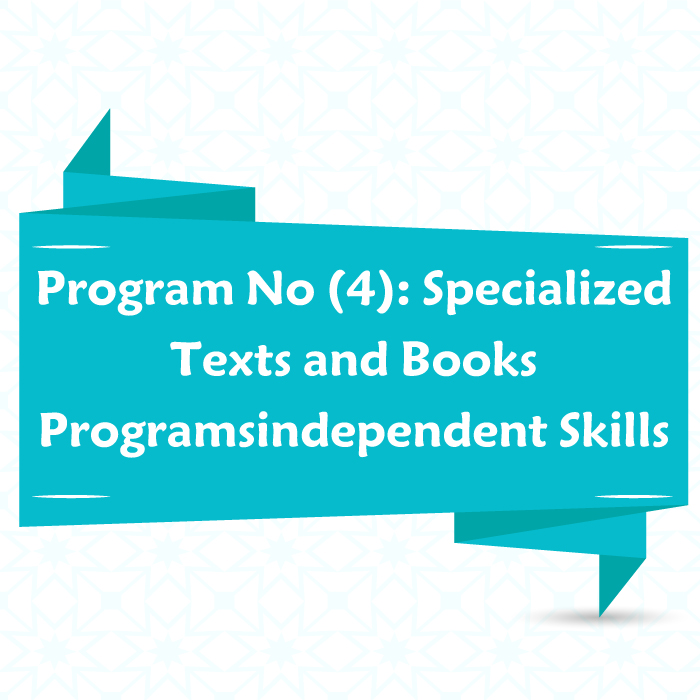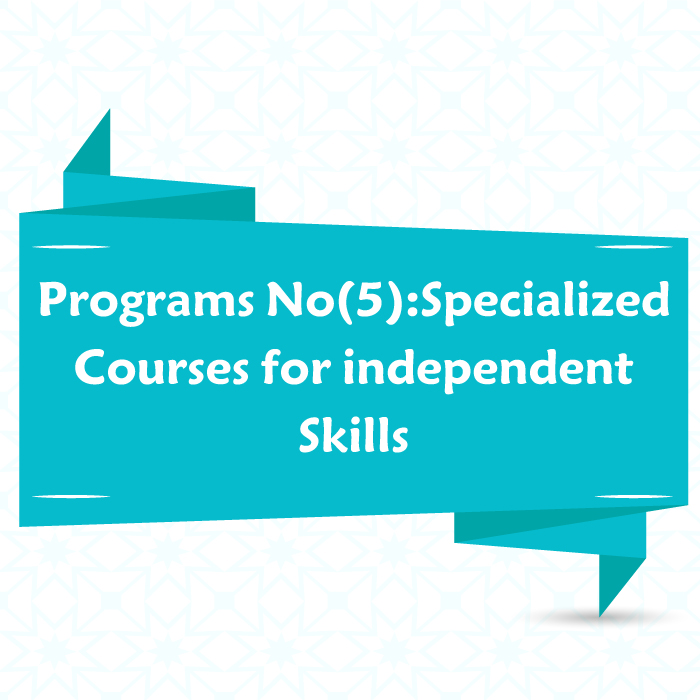
Program No (1):Program of Arabic for Religious Purposes
Program’s Features:
• Focus on daily communication skills with Arabs at early levels.
• Teaching reading in all fields.
• Qualifying for studying Al-Azhar curricula and heritage books.
• Developing the four language skills in real situations.
• Focus on Arabic language sciences of grammar, morphology, rhetoric, and literature.
Program’s Content:
• Equipping students with the necessary skills for fluent communication in Arabic.
• Series of books developing the four skills through religious vocabulary.
• Al- Naho Al-Wadih Book in its three parts.
• Taysir Al-Sarf Book in its three parts.
• At-Tohfaa As-Saniyyah explaining Ajrumiyyah text.
• The first and second parts of Al-Balaghah Al-Wadihah.
• Applying grammar, morphology, and rhetoric rules to prose and poetry texts.
Basic program hours:
880 hours.








